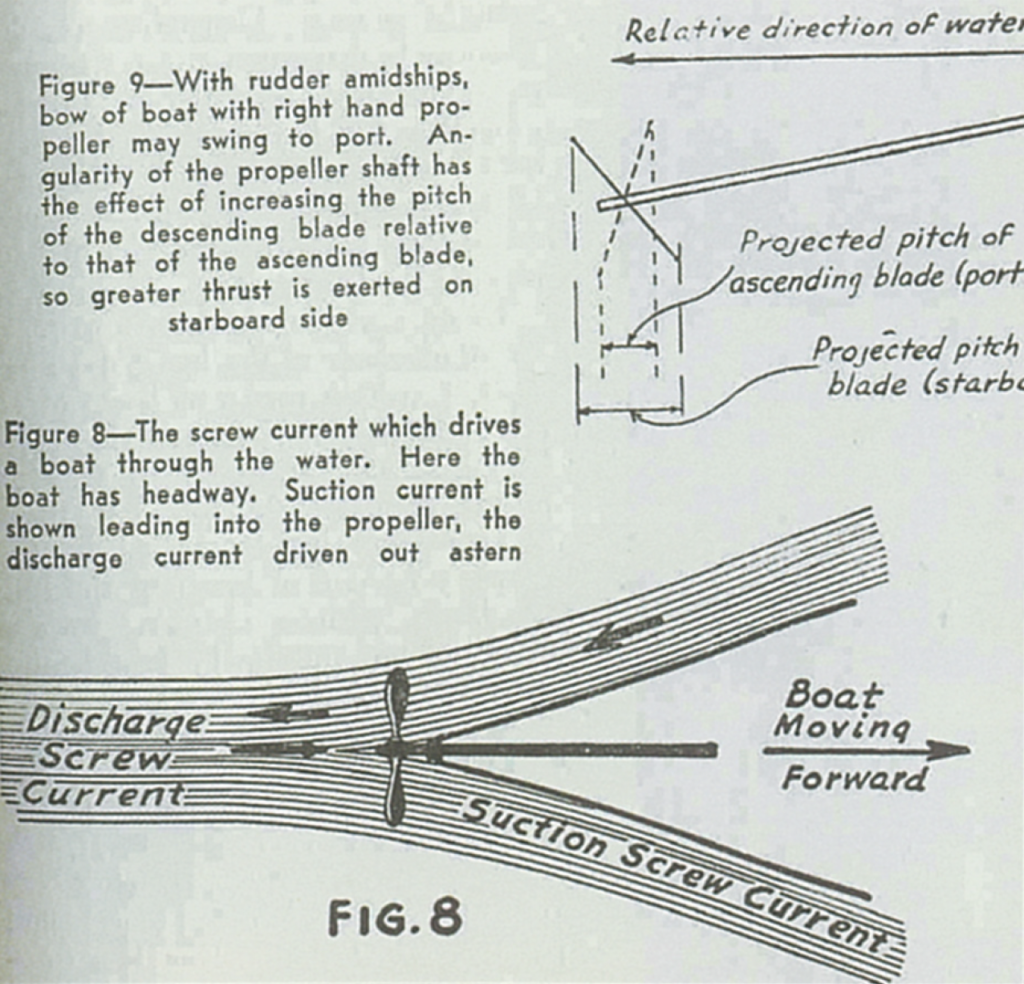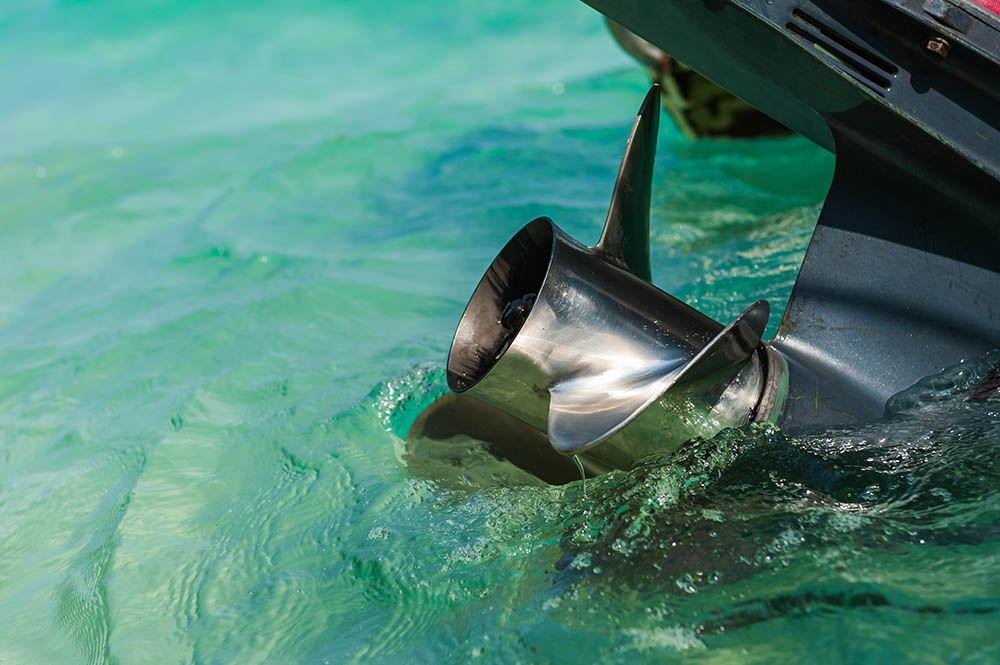By Madeline Walstrom
John Ericsson, a Swedish engineer, invented the screw propeller. The propeller is a device for producing motion by blades mounted on a power driven shaft. A propeller changes an engine into a forward thrust. A propeller is but a section of a screw. Ericsson had many trials and failures but that just made him want to succeed even more. He constructed a heat engine which used fumes from fire instead of steam as a propellant. Unfortunately, his heat engine was not a success. His screw propeller was made of cast iron, cast steel, or manganese bronze, the last being noted for it’s resistance to corrosion.
Before the 1800’s, people had simple ways of travel on water. Even a log raft with a goat skin tied to a pole will sail before wind. It was a simple means of adding wind as a source of energy. The experience of ancients with sculling oars was coupled with the later developments of rotary engines. In 945 B.C., the Egyptians used a screw-like device for irrigation purposes. Not having a dependable or reliable energy source such as wind would later influence the invention of the screw propeller by John Ericsson.

Also before the screw propeller, boats used the paddle wheel which was very large and slow. The paddle wheel became obsolete as the screw propeller became the only propulsion device installed in seagoing ships.
John Ericsson was one of the 19th century’s most creative engineers and inventors. He was born in 1803 in Sweden. While Ericsson was working on a Swedish canal, he was tutored in math and the different sciences. Later, Ericsson moved to America where he designed and built the “Monitor”for the Union Navy in 100 working days.
Ericsson’s designs were wanted by many naval groups. The advent of the Civil War brought battle between the “Monitor” and the “USS Virginia” capable of firing under water torpedoes. The screw propeller made water transportation faster and also better for the war ships. This placed war ship engines below the water for the protection against fire. If the engine were above the water line and got hit, it would completely shut the whole boat down.
The first means of propulsion on the water before the propeller were very simple, large and hard to maneuver. Finally, having a breakthrough, John Ericsson invented the screw propeller and made life at sea much more enjoyable. His invention of the propeller along with the “Monitor” earned him the title of “the great Swedish-American.”



